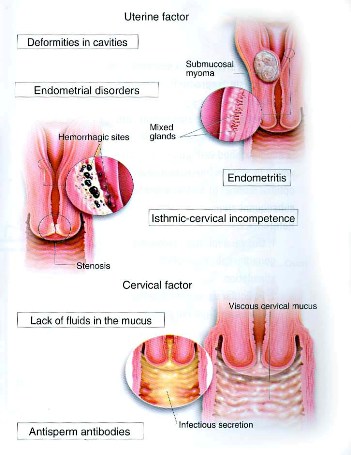What's in this article?
What is infertility?
Infertility means not being able to get pregnant after one year of trying (or six months if a woman is 35 or older). Women who can get pregnant but are unable to stay pregnant may also be infertile.
Female infertility factors contribute to approximately 50% of all infertility cases, and female infertility alone accounts for approximately one-third of all infertility cases.
Causes of infertility
Infertility can be caused by many different things. For 25% of couples, a cause can’t be identified.
Infertility in women, causes include:
- Scarring from surgery
- Cervical mucus problems
- Fibroids
- Endometriosis
- Pelvic inflammatory disease
- Sterilisation
- Medicines and drugs
- In men, causes include:
- Semen and sperm
- Testicles
- Sterilisation
- Ejaculation disorders
- Hypogonadism
- Medicines and drugs
- This page also has information about:
- Unexplained infertility
Infertility in women
Infertility is most commonly caused by problems with ovulation, the monthly release of an egg. Some problems stop an egg being released at all, while others prevent an egg being released during some cycles but not others.
Ovulation problems can be a result of:
- polycystic ovary syndrome (PCOS)
- thyroid problems – both an overactive thyroid gland and an underactive thyroid gland can prevent ovulation
- premature ovarian failure – where a woman’s ovaries stop working before the age of 40
What increases risk of infertility?
Some things that may reduce the health or number of sperm include:
- Heavy alcohol use
- Drugs
- Smoking cigarettes
- Age
- Environmental toxins, including pesticides and lead
- Health problems such as mumps, serious conditions like kidney disease, or hormone problems
- Medicines
- Radiation treatment and chemotherapy for cancer
What are the treatments for infertility?
Sometimes a cause can be found for a couple’s infertility. Some causes are treatable and normal fertility can be restored. For example, some cases of ovarian failure can be treated with medicines. Hormone problems can also often be treated.
If no cause is found, or the cause is not treatable then assisted conception (in vitro fertilisation – also called IVF) is often possible. The number of techniques and the success of treatments have increased in recent years. This means many causes of fertility problems in either the male or female partner may be overcome, and successful pregnancy may be possible.






Leave a Comment